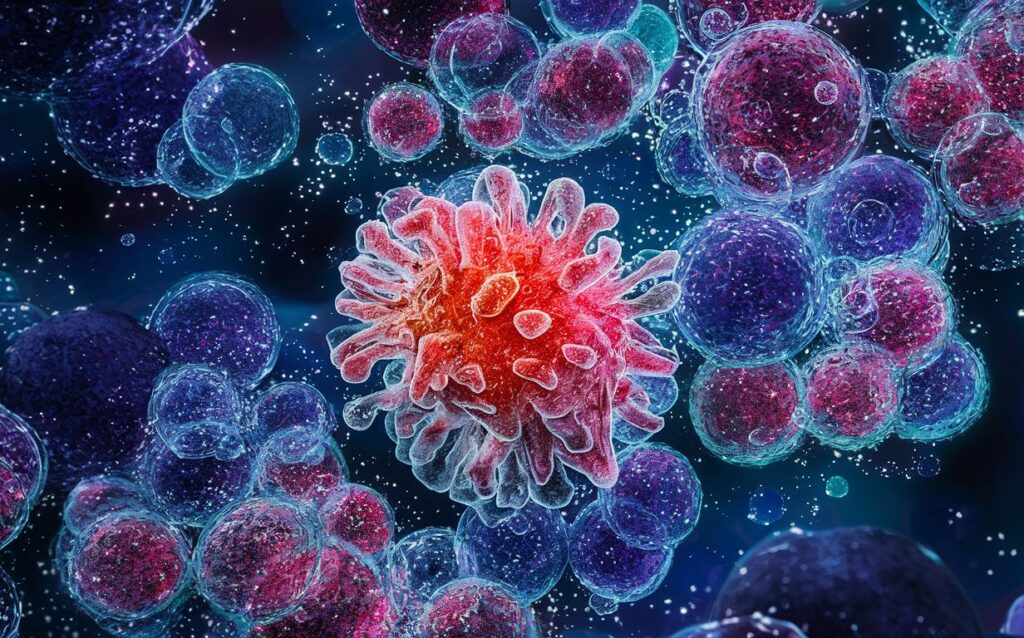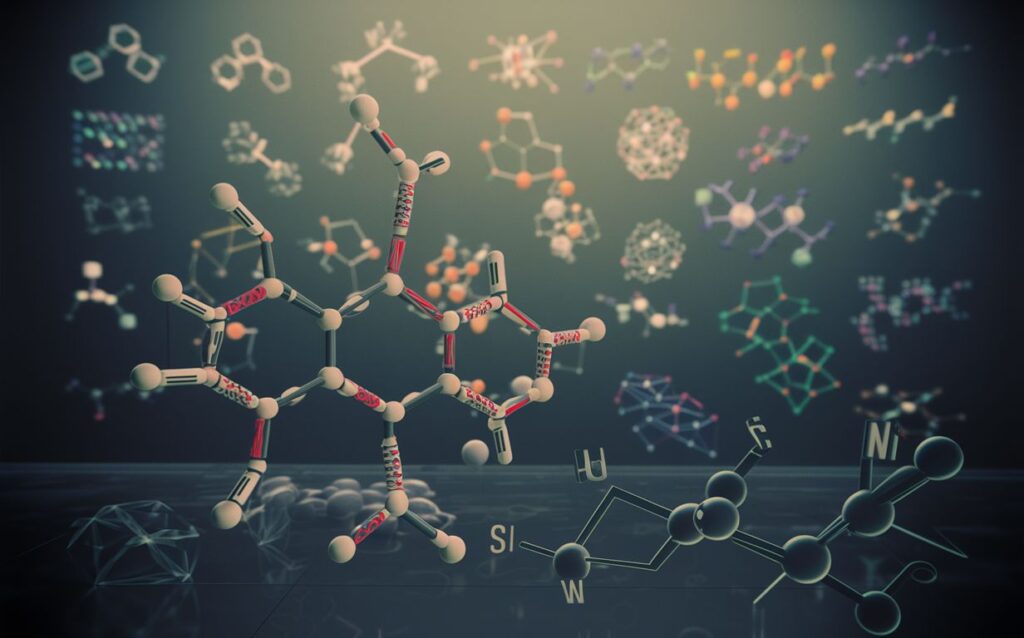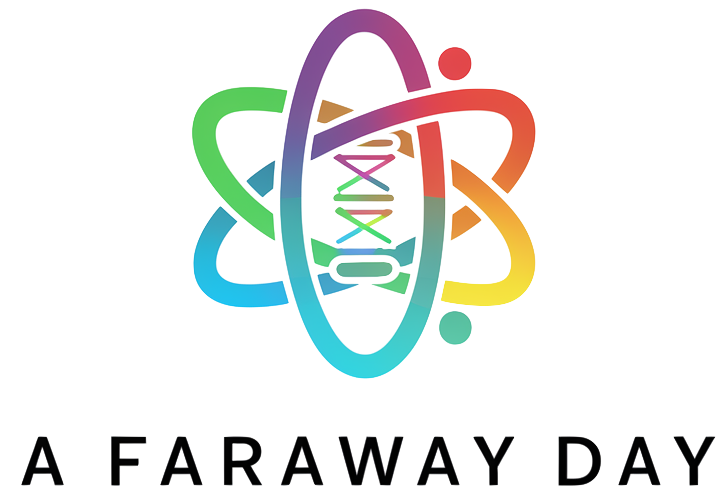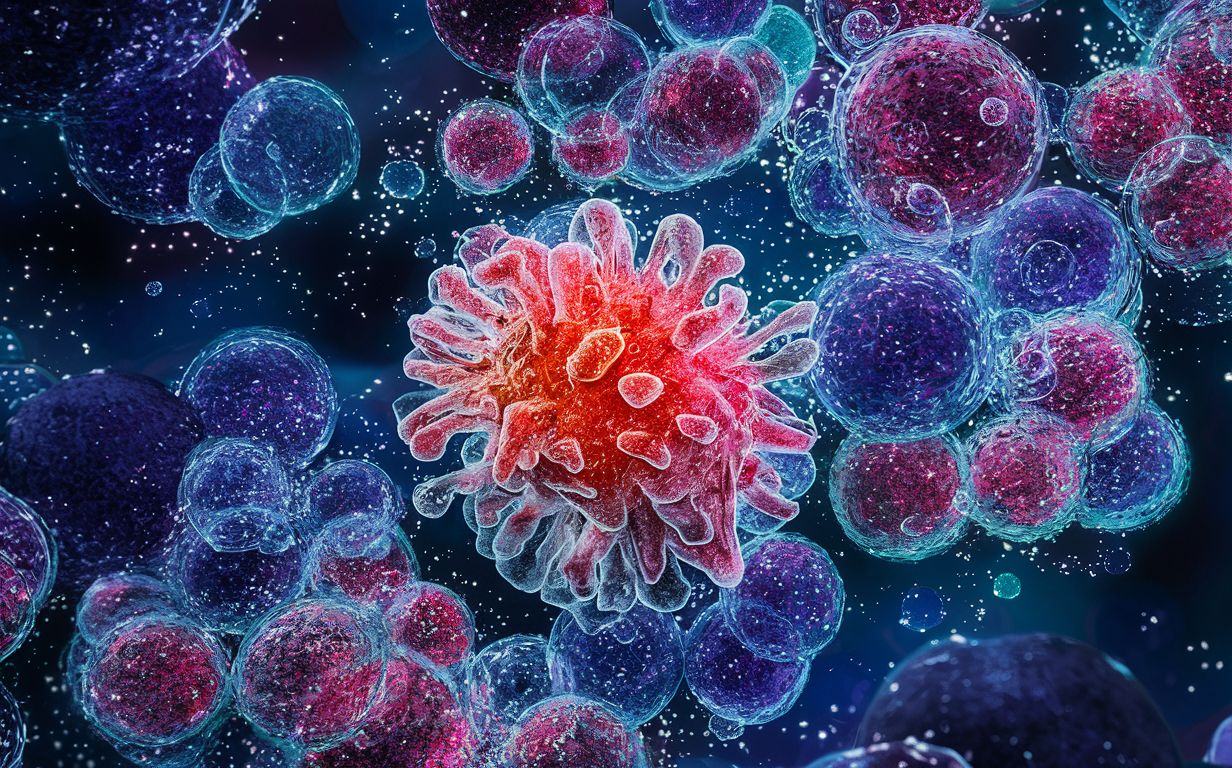
Science is one of the most important fields in the world, with nearly every other aspect of human life based upon some form of scientific study or research. From the invention of the wheel to the search for the perfect human mate, science has played a vital role in the world around us. The process of science itself is very complicated, but it basically deals with the explanation of how things work.
One of the most important branches of natural sciences is chemistry, which is actually the study of matter, particularly how it is composed. Chemicals are the building blocks of everything, and understanding how these compounds are made and changed into different forms is the heart of chemical composition. Other areas of central science that are related to chemistry are physics, astronomy, biology, and anatomy. All of these areas of study require the study of how different compounds are formed into different atoms and molecules. In order to have an accurate idea of how everything works, it is important to study the various natural laws that are involved. One of these laws is known as the First Law of Thermodynamics, which states that the rate of heat transfer is a constant.
Organic chemistry is a part of the field of natural sciences that studies the chemical makeup of organic compounds, which include water, oil, and gas. The chemistry of inorganic compounds is also a major component of chemical composition. Inorganic compounds consist of molecules that consist of only one carbon atom, with no other atoms present. There are two distinct types of inorganic compounds: covalent and non-covalent.
Non-covalent compounds contain one carbon and two or more hydrogen atoms, which do not possess any bonding partners. These compounds are usually electrically inactive, which makes them easier to be broken down by the enzymes in our bodies. Organic chemistry looks at inorganic compounds using methods of structural chemistry, whereas analytical chemistry relies solely on the results of quantitative tests, like the analysis of single crystals. Structural biology uses the data from structural chemistry to identify similarities and differences between two randomly chosen sets of molecules. Molecular biology applies both structural and analytical chemistry to solve the mysteries of the natural world.

Molecular biology involves studying the chemical makeup of living organisms. It utilizes all the various methods of structural, compositional, and biological chemistry to learn about the behavior of living things. Molecular biology provides a rich understanding of molecular structure and function, the makeup of molecules, the function of macromolecules, proteins, and DNA, the structure and function of enzymes and other bio-chemicals, the DNA of living things, the regulation of intracellular and extracellular information, the regulation of ionic bonding, the synthesis of information and energy, the development of DNA and RNA structures, the regulation of transcription and translation responses, the biochemical processes in living organisms, the physiology and behavior of tissues, the development and growth of organisms, the environmental effects on biological systems, and the effect of radiation on living things. The ultimate goal of this science is to answer questions about the nature and evolution of living matter.
There are two general classifications of molecules: atoms and molecules. Atoms are composed of one or more atomic particles, and molecules are groups of atoms held together by chemical bonds. Molecules include substances with even a single atom and can include both alkaline and acidic compounds. In order to learn about the various types of molecules and how they behave, students must first understand the chemistry of atoms of molecules and then study the chemical bonding among atoms and molecules through chemical structures.

